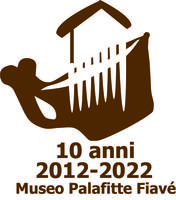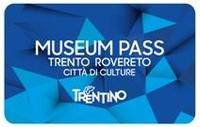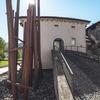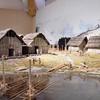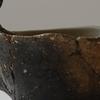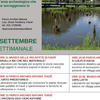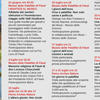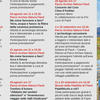Fiavé Pile dwelling Museum
The Fiavé pile dwellings are an exceptionally important landmark in the history of Europe's oldest farming communities
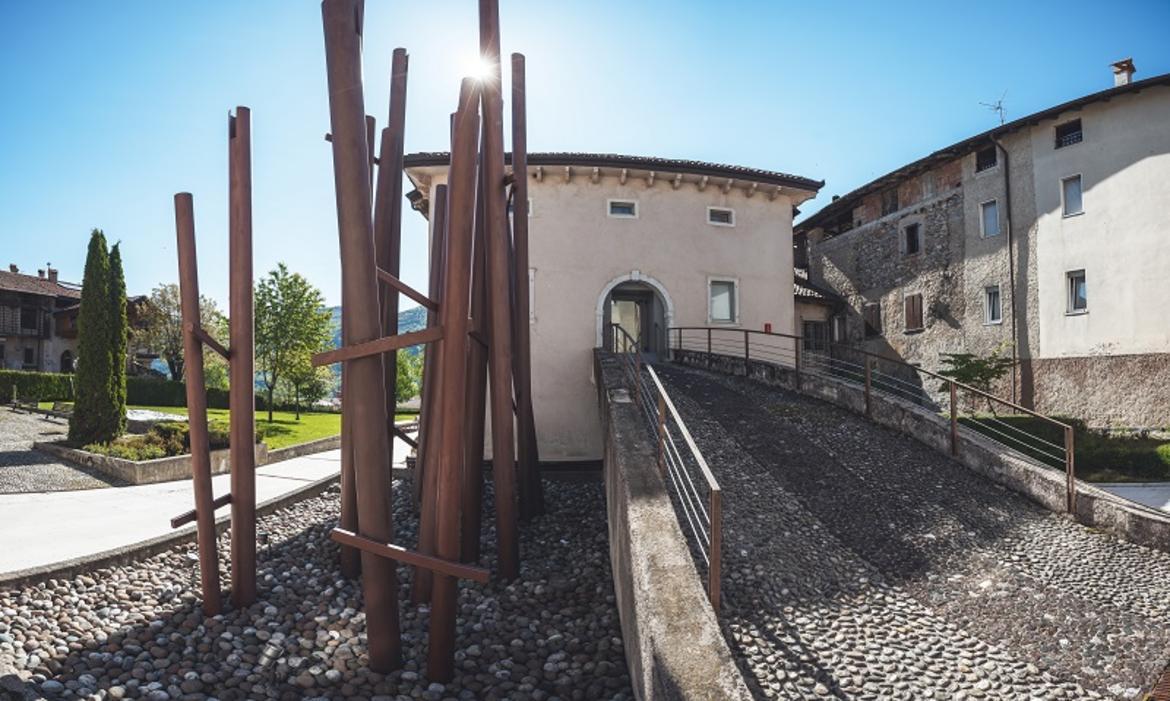
With its pile dwelling museum and internationally renowned archaeological area, included within the UNESCO world heritage site described as “Prehistoric Pile dwellings around the Alps”, Fiavé represents an exceptionally important point of reference for the history of the most ancient European farming communities.
The museum explores the history of the different pile dwelling settlements following one another along the banks of Lake Carera, a lake of glacial origin, between the Late Neolithic era and the Bronze Age.
Excavations have brought to light the remains of huts constructed on the banks of the lake (3800-3600 B.C.), but also the classic model of pile dwelling erected over the water (1800-1500 B.C.). An evolution of this type of construction is represented by huts on piles anchored to a complex grid structure resting along the banks and on the bed of the lake (1500 - 1300 B.C.). In the last centuries of the 2nd millennium B.C. the settlement moved to the nearby Dos Gustinaci, where houses with stone foundations have been found.
The exceptional state of conservation not only of the piles, but also of many organic materials, makes these pile dwellings particularly fascinating, allowing an insight into aspects in the life of prehistoric communities which are generally unknown.
The museum displays a selection of extraordinary objects many of which are astoundingly modern. Thousands of objects fell into the water, either accidentally or thrown there in the pile dwelling time, providing precious evidence of considerable technical and construction expertise and artisan skills. They include ceramic pottery, but also bronze jewellery and Baltic amber and gold – extremely rare in this era. The 300 or so wooden objects on display represent a unique collection in Europe; there are dishes and cooking utensils, such as cups, ladles and trays, working tools such as buckets, clubs, sickles and axe handles, in addition to a bow and some arrows. The particular environmental conditions of the lake deposits have even led to the recovery of foodstuffs such as ears of wheat, cornelian cherries, nuts, apples and pears.
A whole floor of the museum is dedicated to reconstruction of daily life in the pile dwelling time, offering a unique opportunity to immerse oneself in the atmosphere of a pile dwelling village 3500 years ago!
In addition to the large scale model reproducing the “Fiavé 6” village, various rooms illustrate in turn the life and work of farmers and shepherds, life around the domestic hearth, cooking, clothing and the secrets of metal-workers and hunters. The scenographic elements recalling the poles supporting the pile dwellings, replica models and video footage are also particularly evocative.
One section of the museum is dedicated to the unique Fiavé-Carera biotope, a provincial nature reserve and site of European Community interest. This protected area is indeed one of the largest peat-bogs in Trentino and has a wealth of vegetation, being used for reproduction by many species of reptiles and amphibians and as a stopping off point for migrating birds.
How to get to the Pile dwelling Museum and the archaeological area :
Mappa dal Museo al Parco.pdf 216,81 kB
Parking: The parking area is located at Dos Gustinaci. Parking is permitted at the entrance to the Parco Archeo Natura and in the garden of the Museo delle Palafitte only in cases of reduced physical mobility, by calling the staff at the ticket office (Park: 331 1739336 - Museum: 0465 735019).
MUSEO DELLE PALAFITTE DI FIAVÉ
Via 3 Novembre, Fiavé (Trento - Italy)
tel. 00 39 0465 735019
museopalafittefiave@provincia.tn.it
uff.beniarcheologici@provincia.tn.it
Source:
Autonomous Province of Trento
Soprintendenza per i beni culturali
Ufficio beni archeologici
_______________________________________________________________________________________________
For the Fiavé pile dwellings archaeological site follow the link: Palafitte di Fiavé
Follow the link for the Archaeological Park "Archeo Natura" of Fiavé
During the school year, the Park offers activities and educational visits for schools.
See all educational paths and workshops for schools: A scuola con l'archeologia
_____________________________________________________________________________________
Summer in a Pile-Dwelling: from June to September, the Archeo Natura Park and the Pile-Dwelling Museum - located in the village of Fiavé - offer "Summer in a Pile-Dwelling", a series of initiatives for the public of all ages to discover the fascinating world of the pile-dwellings, accompanied by the museum educators of the Provincial Archaeological Heritage Office.
_____________________________________________________________________
See also
Scopri, esplora, conosci #ilmuseoacasatua
We invite you to take a virtual tour back in time to learn about the ancient history of Trentino, discovering the exhibition with us, step by step.
_______________________________________________________________________________________________
Follow us also on our social media:
Facebook: Soprintendenza per i beni culturali Trento
Instagram: @soprintendenza_beni_culturali
_______________________________________________________________________________________________
_______________________________________________________________________________________________
2021 - 10 years UNESCO World Heritage „Prehistoric Pile Dwellings around the Alps“
In 2021, the „Prehistoric Pile Dwellings around the Alps“ celebrates the tenth anniversary of its status as a UNESCO World Heritage Site.
Of the more than 1000 known pile dwellings in central Europe, only 111 representative sites in France, Italy, Switzerland, Slovenia, Austria and Germany were selected to receive this special status and recognition. Among them there are Trentino's pile dwellings of Fiavé and Ledro.
Discover the UNESCO World Heritage pile dwellings in the Alps and the anniversary initiatives:
Prehistoric Pile Dwellings around the Alps
See the second issue of the Palafittes News magazine edited by the International Coordination Group (ICG) of the UNESCO World Heritage transnational serial site and find out the latest news on the research, protection and enhancement projects of the prehistoric pile dwellings of the Alpine arc: Palafittes News
________________________________________________________________________________________________
The museum joins the following initiatives:
The museum has been awarded the Family in Trentino label:
The museum is member of the Giudicare Esteriori Family District - Terme di Comano :
Notes on the accessibility to the site
Free admission for visitors with disabilities and their companions (a certificate of invalidity is NOT required).
The museum has different schedules according to the season. Internal parking area, in cobblestones, accessible upon notice. The indicated ramp connects the pedestrian gate (bell 140 cm high) to the main entrance. Next, a 980 cm cobbled corridor with a 7% gradient and two wooden ramps, respectively 120 cm and 342 cm long with a 12% gradient. The rear entrance instead allows you to reach the lift and the toilets with a less demanding route: a section of about 32 meters with a maximum gradient of 5%, an exit door of 80 cm (threshold of 4 cm) and a cobbled section (of which 230 cm with a maximum slope of 9%). On the ground floor, exhibition hall and classroom. All the floors of the museum can be reached by lift (raised button panel). On the second floor, out of the elevator, there are two 120 cm (5%) and 70 cm (15%) long ramps. part of the third floor is preceded by a 6 m long ramp (9.5%). Display cases with a maximum height of 125 cm. In the toilets indicated, the support handle is located on the opposite side of the approach to the toilet, the washbasin/sink is of the fixed type and is 84 cm high, the mirror is adjustable.
Information collected by the staff of the Cooperative Handicrea
